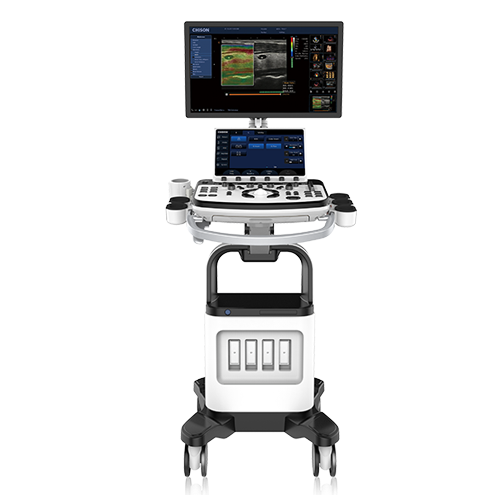What is ultrasound equipment used for?
Ultrasound machines are medical devices that use high frequency sound waves to produce images of the inside of the body. These images are used to diagnose and treat a wide range of medical conditions. Ultrasound machines are commonly used in obstetrics and gynecology, but can also be used in the fields of cardiology, neurology, and urology.
One of the most common uses of ultrasound machines is to monitor the development of a fetus during pregnancy. These machines use a transducer, which sends out sound waves and receives the echoes, to create images of the fetus and placenta. This helps doctors to track the growth and development of the fetus, detect any potential problems, and determine the due date.
In addition to obstetrics and gynecology, ultrasound machines are also commonly used in the field of cardiology to create images of the heart and surrounding blood vessels. This allows doctors to diagnose and monitor conditions such as heart disease and detect potential problems with the heart's function.
Ultrasound machines can also be used in neurology to create images of the brain and spinal cord. This allows doctors to diagnose and monitor conditions such as brain tumors and traumatic brain injuries.
In the field of urology, ultrasound machines can be used to create images of the urinary tract and male reproductive system. This allows doctors to diagnose and monitor conditions such as prostate cancer and kidney stones.
There are two main types of ultrasound machines: portable and stationary. Portable ultrasound machines are designed for use in locations where space is limited, such as in doctors' offices or clinics. These machines are compact and lightweight, and are easy to move around. They are also equipped with advanced features, such as touch-screen displays and wireless connectivity.
Stationary ultrasound machines are designed for use in larger facilities, such as hospitals. These machines are larger and more powerful than portable machines, and are typically used for more complex procedures. They are equipped with advanced features, such as 3D imaging and real-time color flow Doppler.
Ultrasound machines are powered by a variety of different technologies, including piezoelectric crystals and capacitive micromachined ultrasonic transducers (CMUTs). Piezoelectric crystals convert electrical energy into mechanical energy, which is then used to generate sound waves. CMUTs, on the other hand, use a combination of electrical and mechanical energy to generate sound waves.
One of the biggest advantages of ultrasound machines is that they are non-invasive. Unlike other medical imaging techniques, such as X-rays or MRI, ultrasound machines do not use ionizing radiation. This makes them a safe and effective option for monitoring the development of a fetus during pregnancy.
Another advantage of ultrasound machines is that they are relatively inexpensive. Unlike other medical imaging techniques, such as MRI or CT, ultrasound machines are relatively affordable. This makes them accessible to a wide range of patients.
Overall, ultrasound machines are an essential tool for diagnosing and treating a wide range of medical conditions. They are non-invasive, relatively inexpensive, and provide high-quality images that can be used to make accurate diagnoses and monitor the development of a fetus during pregnancy. With the latest technology, it's possible to provide detailed images and dynamic functional information that can improve patient care. The combination of portable and stationary machines makes it possible to meet the needs of any clinical setting. With an ultrasound machine, doctors can diagnose and monitor conditions that would otherwise be difficult or impossible to detect, making it an invaluable addition to any medical facility.
about products:



评论
发表评论